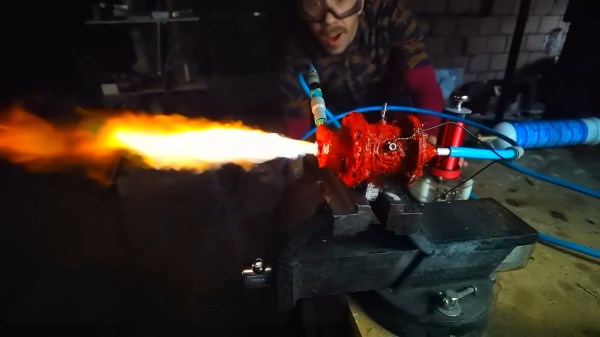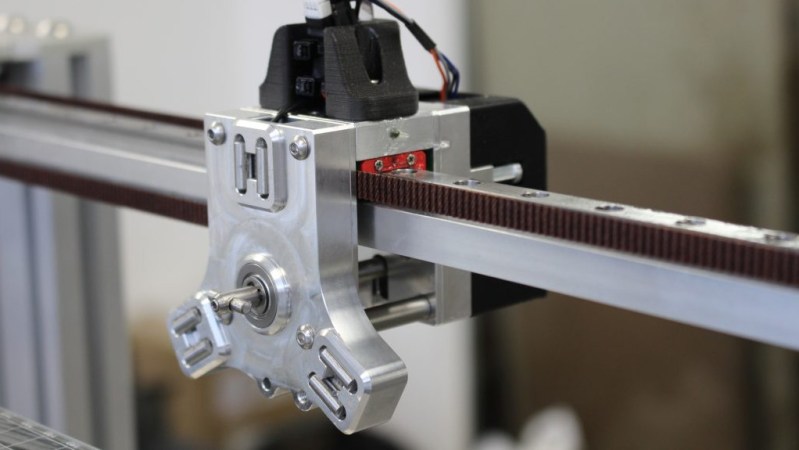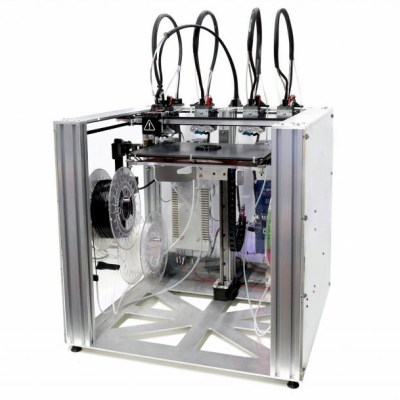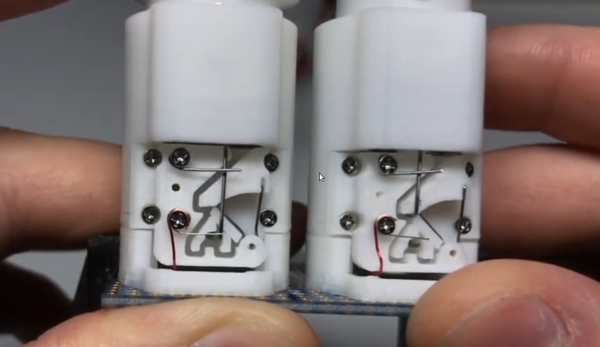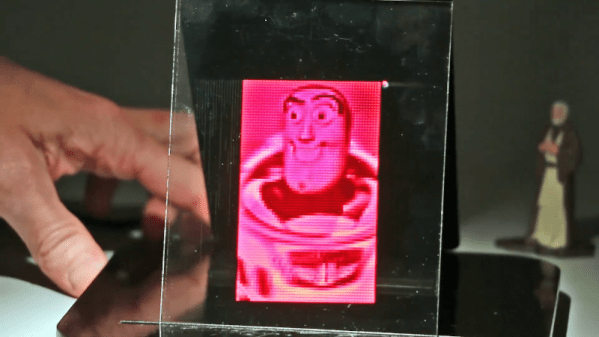Early 3D printers used ABS, but bad fumes and warping made most people go to PLA. However, PETG has a lot of the great properties of ABS along with some of the ease-of-use of PLA. According to a recent [VisionMiner] video, however, PCTG — Polyethylene Terephthalate-Glycol — could be the next filament of choice. The filament itself is from Essentium, but it appears that [VisionMiner] is a reseller of the filament (along with other engineering plastics). Thus the video below has a bit of marketing speak in it, but it also has good information and examples of using PCTG.
The plastic is relatively inexpensive, but still not as cheap as PLA or even PETG. A 750g roll is about $40 The benefits? According to the video, this plastic is stronger, tougher, and clearer than other common options.


